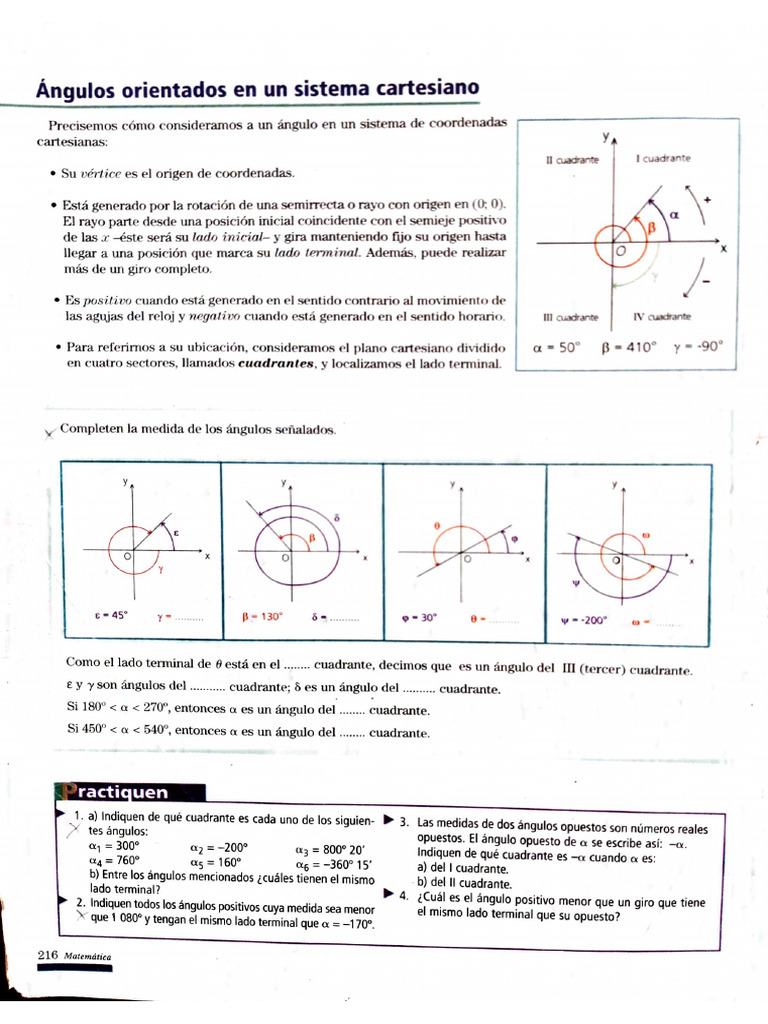Eu Countries Flags
The flags of the European Union (EU) member states are vibrant symbols of national identity, each carrying unique historical and cultural significance. These 27 flags, fluttering alongside the EU’s own blue and gold emblem, represent the diverse tapestry of nations united under a common vision of peace, cooperation, and shared values. Let’s embark on a journey through this colorful mosaic, exploring the stories woven into each nation’s banner.
Northern Lights and Nordic Crosses
Scandinavia’s flags are characterized by the Nordic cross, a symbol of shared heritage and Christian faith. Denmark’s Dannebrog, a red flag with a white cross, is one of the oldest continuously used flags in the world, its origins shrouded in legend. Sweden’s blue and yellow flag, featuring a yellow Scandinavian cross, reflects its historical ties to Denmark and its own royal dynasty. Norway’s flag, red with a blue cross outlined in white, incorporates the colors of its independence movement. Finland’s blue and white flag, with a blue Nordic cross, symbolizes the country’s lakes and snow, while Iceland’s blue, white, and red flag with a red cross reflects its volcanic landscape and Nordic roots.
Western Europe: A Tapestry of History
The flags of Western Europe are a testament to centuries of history and cultural exchange. France’s iconic tricolour, blue, white, and red, emerged from the French Revolution, symbolizing liberty, equality, and fraternity. Germany’s black, red, and gold flag, adopted after World War II, represents unity and democracy, while the Netherlands’ red, white, and blue flag, known as the “Prinsenvlag,” has roots in the 16th century struggle for independence. Belgium’s black, yellow, and red flag reflects its historical ties to the Duchy of Brabant, while Luxembourg’s red, white, and blue flag with a lion rampant symbolizes its grand ducal heritage.
Southern Europe: Sun, Sea, and Ancient Civilizations
The flags of Southern Europe are bathed in the warmth of the Mediterranean sun and echo the legacy of ancient civilizations. Italy’s green, white, and red flag, known as the “Il Tricolore,” was inspired by the French Revolution and represents hope, faith, and charity. Spain’s red and yellow flag with the coat of arms of Castile, León, Aragon, and Navarre reflects its complex historical unification. Portugal’s green and red flag with the national coat of arms symbolizes hope and the blood shed for independence. Greece’s blue and white flag with a white cross, known as the “Galanolefki,” represents the Greek Orthodox Church and the sea and sky.
Eastern Europe: A Mosaic of Resilience and Renewal
The flags of Eastern Europe bear the marks of a tumultuous past and a resilient spirit. Poland’s white and red flag, with its horizontal stripes, dates back to the 18th century and symbolizes the nation’s struggle for freedom. Hungary’s red, white, and green flag with the Hungarian coat of arms reflects its historical ties to the Árpád dynasty. The Czech Republic’s flag, featuring a blue triangle and white and red stripes, was adopted after the Velvet Revolution and symbolizes peace, unity, and the blood shed for independence. Romania’s blue, yellow, and red flag with the national coat of arms represents its historical regions and the country’s unity.
Baltic States: A Triumph of Independence
The flags of the Baltic states – Estonia, Latvia, and Lithuania – are powerful symbols of their hard-won independence. Estonia’s blue, black, and white flag, known as the “Sinimustvalge,” represents the country’s sky, earth, and purity. Latvia’s red and white flag with a red-white-red triband symbolizes the blood shed for freedom and the country’s historical regions. Lithuania’s yellow, green, and red flag, known as the “Trikolorė,” represents the sun, forests, and the blood shed for independence.
A United Europe, Diverse Flags
The EU flags, while diverse in design and symbolism, share a common thread: they represent nations that have chosen to come together, to build a future based on peace, cooperation, and shared values. Each flag, fluttering alongside the EU’s stars, tells a story of history, culture, and aspirations. They are a reminder that unity does not mean uniformity, but rather a celebration of diversity within a shared vision.
The flags of the EU member states are not just pieces of cloth; they are powerful symbols of national identity, historical struggles, and shared European values. They serve as a visual reminder of the continent's rich tapestry and the ongoing journey towards a united Europe.
Which EU country has the oldest flag?
+Denmark’s Dannebrog is considered one of the oldest continuously used flags in the world, with its origins dating back to the 13th century.
What do the stars on the EU flag represent?
+The 12 stars on the EU flag represent unity, solidarity, and harmony among the peoples of Europe, not the number of member states.
Which EU country’s flag features a lion rampant?
+Luxembourg’s flag features a lion rampant, symbolizing its grand ducal heritage.
What is the meaning behind the colors of the Greek flag?
+The blue and white colors of the Greek flag represent the Greek Orthodox Church, while the white cross symbolizes the country’s Christian faith.
Which EU country’s flag was adopted after the Velvet Revolution?
+The Czech Republic’s flag was adopted after the Velvet Revolution in 1989, symbolizing the country’s newfound independence and unity.
div>